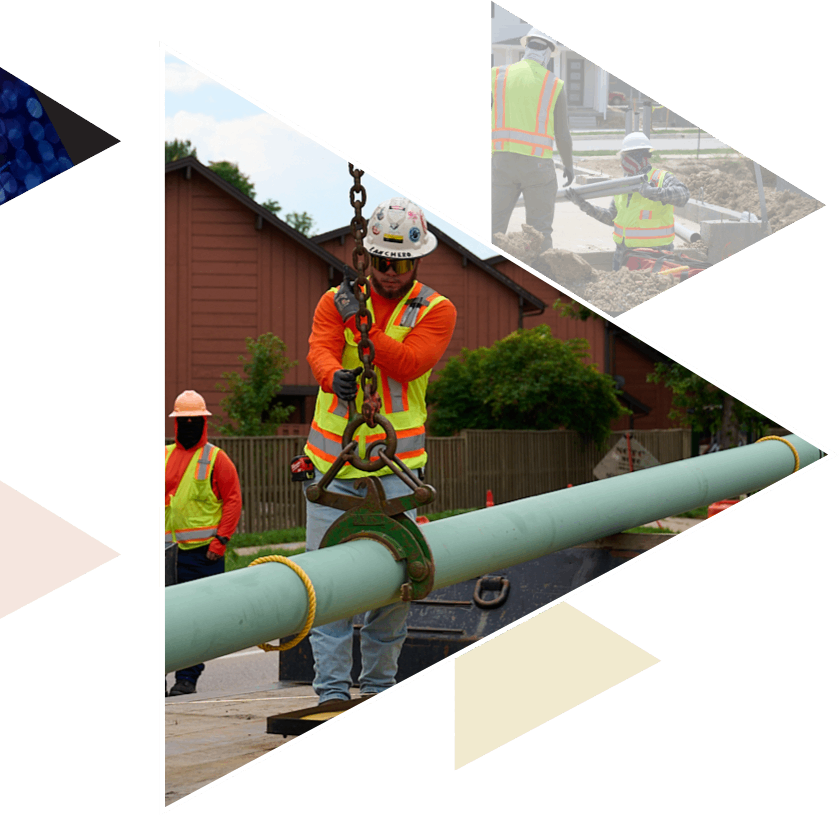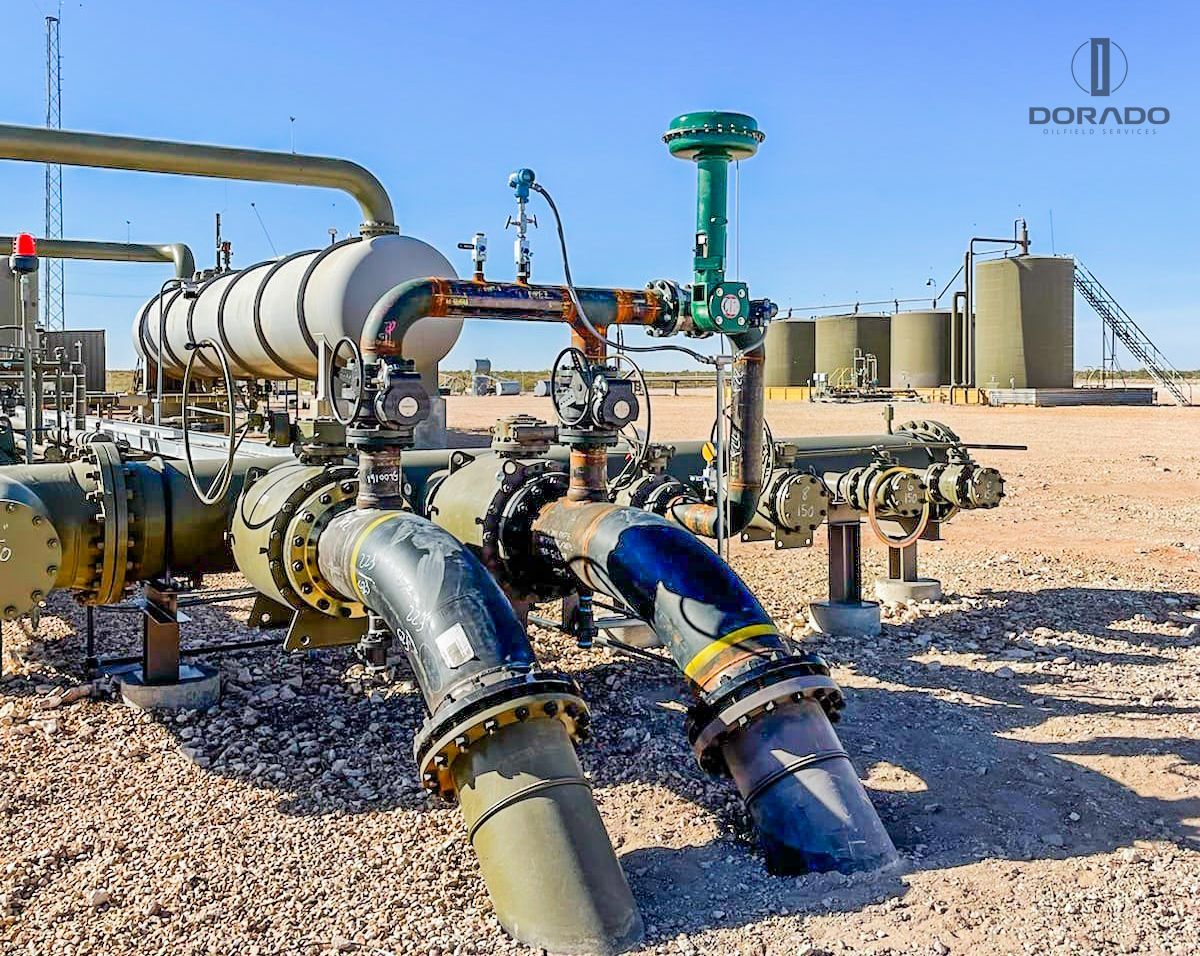The Ultimate Guide To Permian Basin Pipeline Construction
Wiki Article
Permian Basin Pipeline Construction Fundamentals Explained
Table of ContentsPermian Basin Pipeline Construction Fundamentals ExplainedFacts About Permian Basin Pipeline Construction UncoveredAn Unbiased View of Permian Basin Pipeline ConstructionA Biased View of Permian Basin Pipeline ConstructionMore About Permian Basin Pipeline ConstructionPermian Basin Pipeline Construction Can Be Fun For EveryoneThe 9-Minute Rule for Permian Basin Pipeline Construction
Cured-in-place pipeline (CIPP) is a trenchless technology used to mount water, drain, and various other pipelines without calling for significant excavation or intrusive excavating. The process begins by putting a liner right into the existing pipework, which is after that filled with material that hardens to develop an irreversible pipeline within the existing pipeline.At MaxLiner U.S.A., we recognize the advantages of utilizing CIPP, that include its cost, speed, and very little interruption throughout installment. This makes it an ideal selection for professionals, plumbers, organizations, and towns seeking to lessen downtime while setting up new pipes. One of the main benefits of CIPP is its price financial savings on labor and tools, leading to a more cost-effective remedy than typical pipeline replacement techniques.

Rather, a liner is put right into the broken pipe and treated in location with warmth, creating a seamless fixing that gives lasting security against origin infiltration, rust, opening damage, and various other common issues with existing pipelines. Not only does this approach remove the demand for comprehensive excavating, yet it also removes the potential threats connected with contaminated materials removal.
Getting My Permian Basin Pipeline Construction To Work
Because of this, expenses tend to be reduced than replacing entire lengths of piping with open-cut installations even when considering the expense of lining materials. Due to its low ecological effect and cost financial savings potential, cured-in-place pipe setup is coming to be significantly prominent as an alternative to standard repair in different sectors.When it concerns cured-in-place pipe (CIPP) setup, lots of benefits come from its minimal time and cost. Most importantly, CIPP setups can be set up in a fraction of the time it would certainly consider conventional pipeline replacement due to the fact that no excavation is needed - Permian Basin Pipeline Construction. As opposed to excavating right into the bordering soil and getting rid of existing pipelines, CIPP utilizes advanced trenchless innovation to install material linings or polyester fiber tubes inside existing pipes
More About Permian Basin Pipeline Construction
This helps to minimize downtime and maintain your job on course, leading to time savings that would certainly not have been possible with standard pipeline replacement systems. Whether getting rid of smaller sized areas of piping or doing complete relining jobs, this technique has specific advantages when it comes to cost. Not just is equipment rental eliminated given that no excavation is required, however so are site restoration prices because a marginal surface area repair service might be required after setup.With minimal time and price needed for installment, cured-in-place pipeline installation is a wonderful choice for cutting down on labor costs without giving up quality job. As we'll go over in the following section, this type of setup offers huge benefits when it involves lessening disruption around homes and businesses.
The Main Principles Of Permian Basin Pipeline Construction
This trenchless installation is much simpler to perform than conventional pipe laying. As the name indicates, most excavation and relevant website preparation is prevented because the new pipelines are fed via existing channels. This makes it possible to set up underground pipes in a fraction of the time required for the a lot more typical excavating technique, which can develop unnecessary disruption to the setting, regional roads, paths, surrounding homeowner, etc.Occasionally, it may take a little bit of digging if these gain access to points are not currently mounted in existing maintenance openings or catch basins. The result ought to still be much less turbulent than digging deep into lengthy trenches, however something to consider prior to dedicating to this setup (Permian Basin Pipeline Construction). Generally, cured-in-place pipe installation is practical when very little interruption is preferred considering that many of the underground facilities remains undamaged while supplying restored stamina and dependability to existing pipelines


The cured-in-place installation process begins with checking the pipeline concerned to figure out whether any damage is present or requires replacement. Later, if needed, cleaning should happen inside the pipeline to ensure that all material accumulation is gotten rid of and all surfaces are smooth and unpolluted prior to lining setup. As soon as these actions are finished, an unique resin-coated really felt or crossbreed felt and fiberglass textile is put right into the pipeline and equally distributed along its size.
Some Known Questions About Permian Basin Pipeline Construction.
Healing (either ambient, warmed water or air, or UV) is introduced right into the tube when see it here the lining setup is complete, treating and forming the resin textile around the old pipe's shape. It should be noted that too much pressure must be prevented in any way prices since it can cause more damages to the system.This thorough area concerning the 'Cured-In-Place Setup Process' has actually described its detailed treatment. By comprehending what enters into this procedure and its difficulties, we can appreciate how helpful it can be for several piping fixings - Permian Basin Pipeline Construction. Now allow us proceed to discover what sorts of products are utilized in this procedure in our following area
The 25-Second Trick For Permian Basin Pipeline Construction
The ideal material can dramatically influence the task, consisting of cost-effectiveness, longevity, efficiency, and effectiveness. Polymer linings are usually favored for CIPP because they are very long lasting and resistant to rust and wear and tear. They can likewise last anywhere from 10 to 30 years, depending upon the high quality of the products made use of.It is often easier, less turbulent, and more cost-efficient than conventional repair work. One of the primary advantages of CIPP pipe installation contrasted to the traditional method of removing and changing any type of broken pipe sections with new material is that CIPP pipeline does not call for excavating or digging deep into the bordering locations.
This lowers the time and labor needed for intricate repair jobs. Lastly, CIPP materials are thinner than areas of the brand-new pipeline, so they need very little space while supplying premium longevity and durability compared to other approaches of repairing damaged pipelines. While CIPP installment uses some distinct benefits over typical approaches of repairing pipes, it can have certain restrictions depending upon which sort of particular circumstance requires it.
The Only Guide for Permian Basin Pipeline Construction
Generally, CIPP pipe published here setup presents several benefits when it involves conserving time, money, and initiative throughout pipe repair work projects. These benefits view make it an appealing option for those trying to find quick yet trusted methods to address damaged pipelines in your home or in service setups. In the adhering to area, we will talk about a review of cured-in-place pipeline installment in better detail to offer you an even far better understanding of its lots of advantages.Report this wiki page